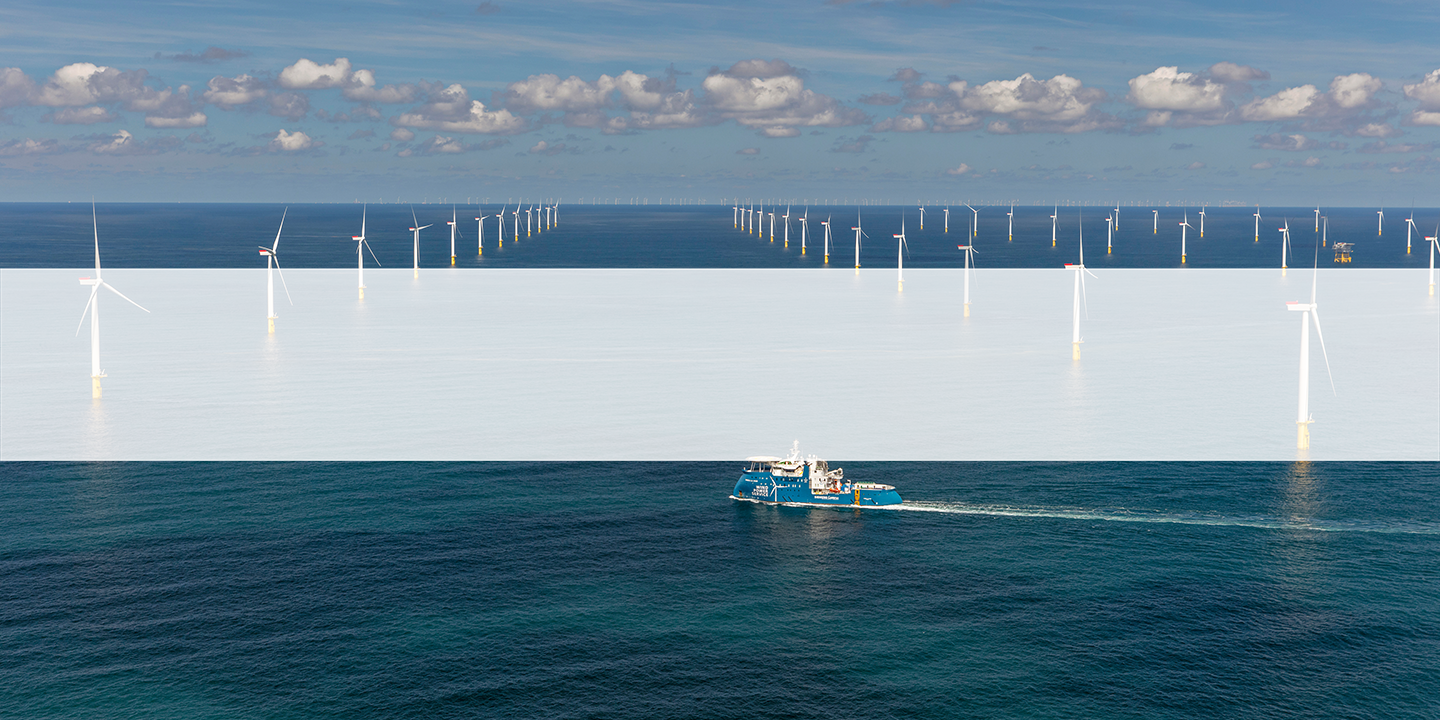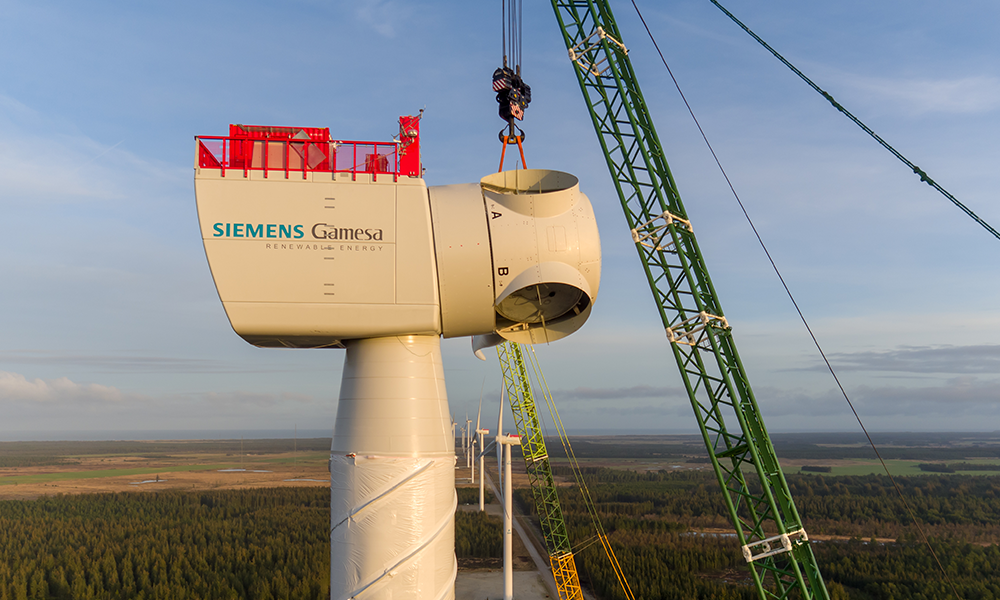
Fit-for-55 and the wind industry: A bright future ahead for Europe
Madrid / 12 August 2021
The EU is banning together to combat climate change and propel renewables into the forefront of the energy transition, making the continent a leading force in the fight against global warming. The European Commission released their ambitious 'Fit-for-55-Package on the 14th of July, outlining a set of proposals that pledge their commitment to a green recovery from COVID-19.

The new 40% target by 2030 adds a medium milestone that will require 451GW of wind power capacity by that time, which means we must install 30GW per year until the end of this decade. The package has established many ambitious targets that could positively impact the entire wind industry, as it pledges to encourage the rapid expansion of renewables. It has established higher targets for renewables by 2030: 40% for renewables (up from 32% set in 2018) in EU-27's energy mix. The Commission's decarbonization scenarios see wind accounting for 50% of Europe's electricity production by 2050, an increase of 16% from today, requiring 1000GW onshore and 300GW offshore installations.
Besides the increase of the renewable energy target, the revision of the EU Renewable Energy Directive (REDIII) also included further measures: (i) it crucially improves the legal framework for corporate Power Purchase Agreements (PPAs). (ii) Member States would have to issue Guarantees of Origin (GOs) for all renewable electricity, regardless of whether the producer was awarded support in government auctions. This will improve the traceability of renewable electricity. (iii) To further incentivize electrification, the package includes annual renewables targets, establishing a 1.1% annual increase in renewables in the industry.
Additional proposals have included hydrogen in the picture, as expected. Certainly, an implicit definition for renewable hydrogen spells out that it is produced from wind and solar through electrolysis. The targets were established in this regard: 50% Renewable Fuels of Non-Biological Origin (RNFBOs) share in hydrogen consumption for industry while 2.6% share in transport. These aspects promote the establishment of a legal framework to speed up the deployment of this energy source, providing long-term visibility and giving a clear signal to investors.
Another important update was the strengthening of the European Emissions Trading System (ETS), an essential tool to reduce GHG emissions cost-effectively by establishing a cap on the total amount of gases that can be emitted. The ETS found the world's first significant carbon market, only recently surpassed by China. The update lowers the cap to a 55% reduction, reduces the volume of auctions available, and is expected to increase EU Emissions Allowances (EUA) prices to 50€ - 85€ per tonne of CO2. This upgrade came along with the Carbon Adjustment Mechanism (CBAM), a new proposal that aims to protect European industry and businesses from environmental dumping and prevent 'carbon leakages. It will take the form of a fee and will be applicable to imports of steel, aluminium, cement, fertilizers and electricity to ensure that foreign producers pay the same carbon costs as domestic producers. It is expected to enter into force in 2026 and, until then, a transitional period will be established where this will entail an obligation to report. These measures will have a considerable impact on global supply chains. However, companies with well-established global supply chains and scale, such as SGRE, would be more competitive and capable of sailing through the storm.
The international community in general and countries like the US, China, and India have already expressed their concerns in this regard, stating that this might lead to unbalances and disadvantaged positions in global trade. Domestically, European countries have been cautious about these measures' indirect effects and expect climate diplomacy to be essential in attempts to avoid retaliation measures. However, overall, this was a very positive step for the wind power sector. We have been focusing on European advocacy efforts - at European and Member States level - since the Green Deal was announced back in December 2019.

We are aware, though, that it will not come without hazards. For now, this proposal still must be discussed by the European Commission, Council and Parliament (in the so-called "European trialogue"), potentially being subject to change before it enters into force in late 2022.
While there is still a lot of work to be done, the wind power sector is committed to the green transition. It expects this to be the beginning of an environmental and social revolution for a greener and fairer future. SGRE will play a leading role in shaping the market, raising our voice standalone and through all associations we are active in- such as WindEurope, chaired until [March 2022] by our CEO, Andreas Nauen.


